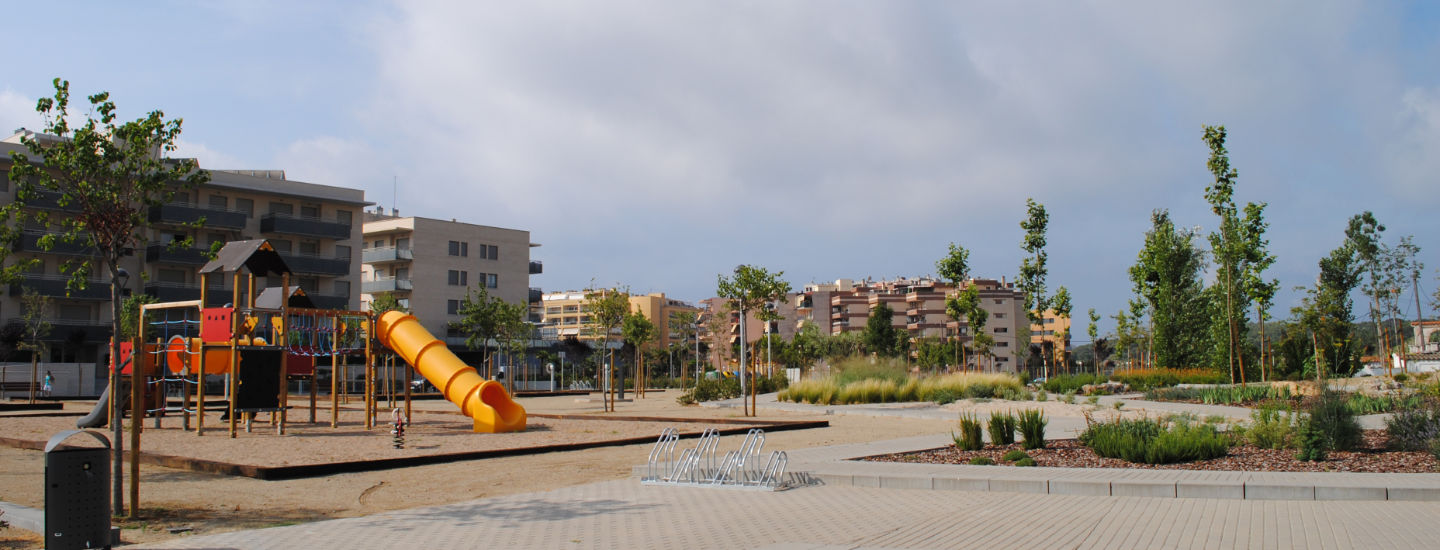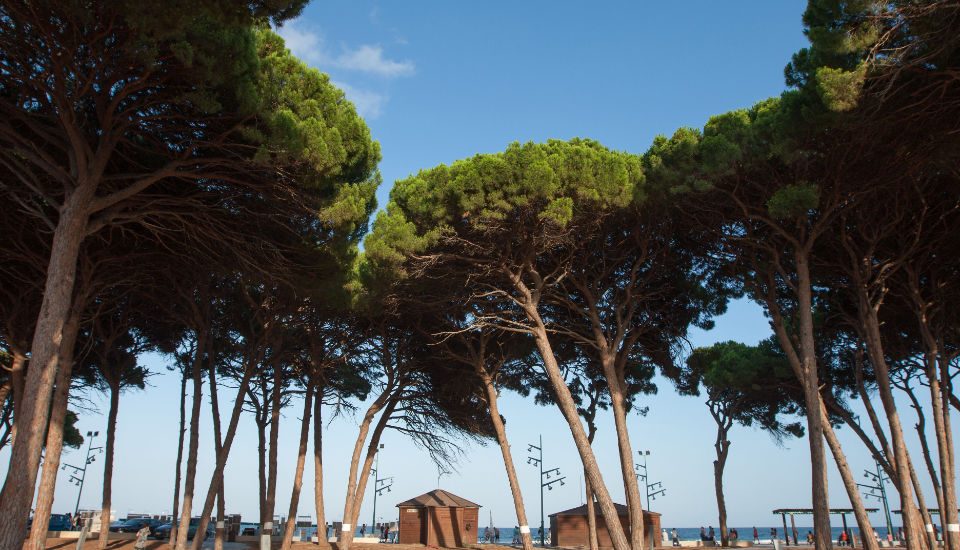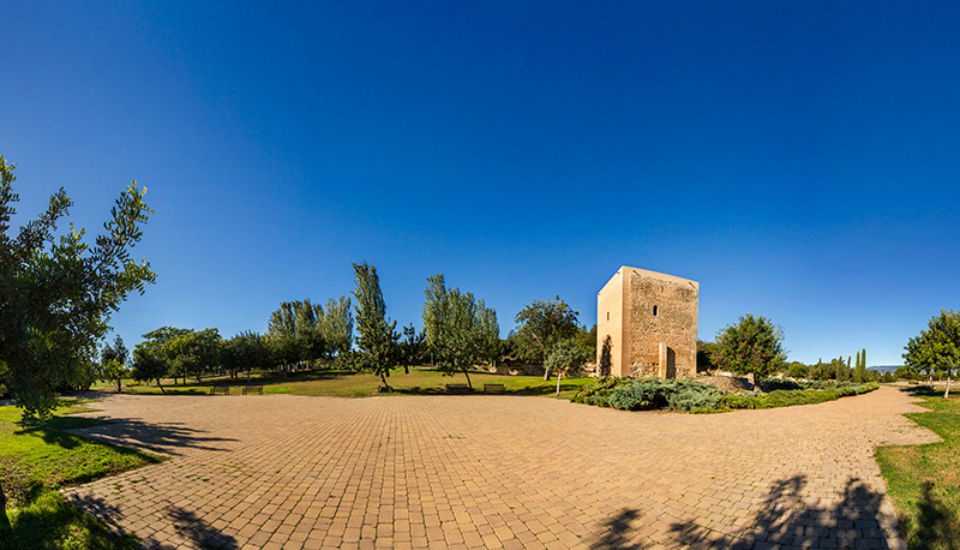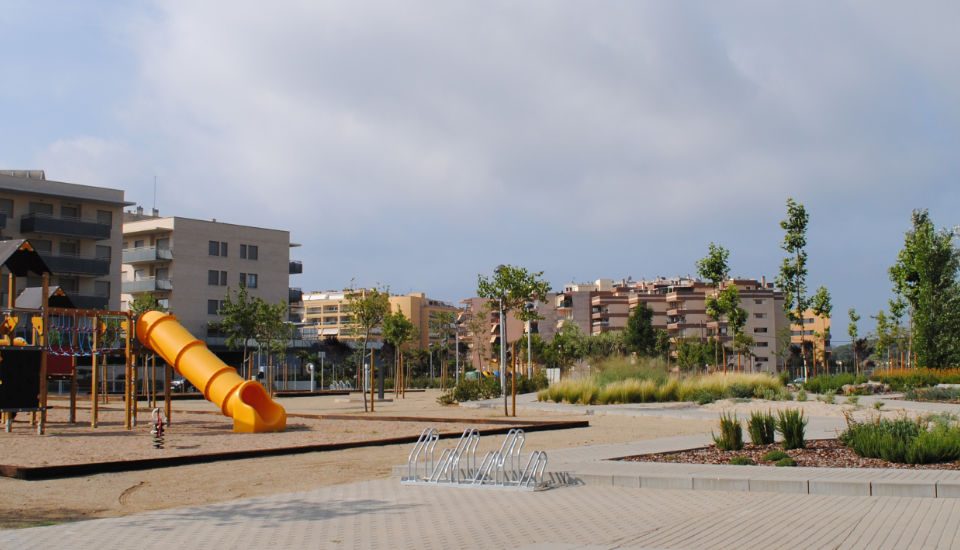Séquia Major is a natural area that has been protected by the Autonomous Government of Catalonia’s (Generalitat) Plan for Lands of National Interest (PEIN) since 1982. This 17.3 hectare coastal wetland located on La Pineda Patja (Vila-seca) represents the marshlands of greatest interest between the Llobregat Delta and the Ebre Delta.
Access to Séquia Major is regulated and there are guided tours during the months when birds are not nesting, from August to February. The space stands out for its biodiversity and the presence of many animal and plant species. You will see plant communities of cane, wet grasslands and rushes there, as well as unique animals including the Iberian toothcarp (Aphanius iberus) and the European pond turtle (Emys orbicularis), species difficult to spot almost anywhere else in Catalonia as they are endangered.
Tours of Séquia Major are free and suitable for all ages. Guides will explain the history of the site and its natural value, as well as interpreting the traces of animal presence via their footprints, feathers, nests and food remains, and birds and other protected species can be watched through binoculars.
Please book in advance in registration form.
For more information, 977 37 30 37 (August and September) and 977 39 03 62 of the Patronat Municipal de Turisme de Vila-seca (rest of the year). For school groups there is a special environmental education programme.
This wetland originated and was shaped by the sandy sediment carried downstream by the Francolí River, and was part of its delta. The lagoons were fed by natural freshwater springs and, in parallel, by periodic flooding and filtrations of seawater. The alternation of fresh and sea waters created a significant diversity of ecosystems.
The marshlands were extremely rich for agriculture, but also very difficult to farm due to the water that accrued there. In 1537 and for the purpose of draining these lands, the Séquia Major was built, a long canal that linked the marshlands to the sea and in turn collected water from the smaller tributary canals. Water regulation systems would be constructed later, such as the Caseta de les Xibeques (Owl House).
The space became farmlands around the turn of the 20th century. And after this work was abandoned over 30 years ago, the lands gradually recovered their natural appearance, with wetlands, reeds and ponds, although some of the drainage canal network was conserved, including Séquia Major.
The restoration of Séquia Major has made it more accessible to visitors. Notable works that were conducted include the dredging and expansion of the main canal, over one kilometre long; the building of the central lagoon and allocation of a 140m2 area for birds; the enhancement of plant communities; the restoration of the Caseta de les Xibeques; the raising of an observation tower; and the installation of a wood footpath and handrails to cross over floodable areas.






